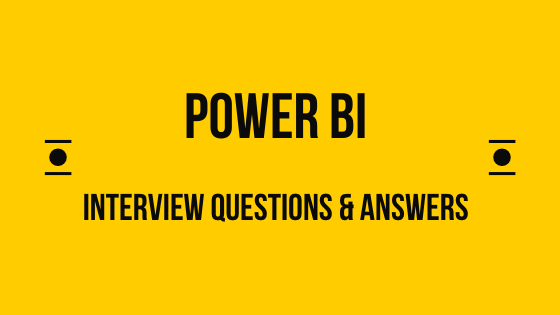BigQuery vs. Bigtable in the Google Cloud Realm
In the dynamic arena of Google Cloud services, two heavyweight contenders, BigQuery and Bigtable, step into the spotlight. As organizations traverse the landscape of data handling and analysis, delving into the intricacies of these platforms becomes pivotal. In this blog post, we embark on an expedition to unravel the defining characteristics of BigQuery and Bigtable, aiding you in making an astute selection for your data-centric endeavors.
Unveiling BigQuery and Bigtable
BigQuery: Emerging as the zenith of Google Cloud’s analytical data warehousing, BigQuery unfurls as a fully managed, serverless solution for dissecting extensive datasets. Armed with rapid SQL queries and robust data processing, BigQuery’s distributed structure and seamless integration with Google Cloud services make it a powerhouse for data-driven insights.
Bigtable: Meanwhile, Bigtable commands attention as Google Cloud’s NoSQL database service, meticulously crafted to handle large-scale, low-latency workloads. Exhibiting mastery in scenarios necessitating high-performance data storage and retrieval – think IoT data streams, time-series data, and more – Bigtable stands on the shoulders of technology that underpins Google Search and Google Maps.
http://informationarray.com/2023/08/18/bigquery-vs-redshift-in-the-data-warehousing-arena/
Clash of Characteristics
Let’s embark on a head-to-head analysis of BigQuery and Bigtable:
| Aspect | BigQuery | Bigtable |
|---|---|---|
| Ideal For | Querying and scrutinizing extensive datasets. | Real-time, high-performance data requirements. |
| Data Structure | Proficient in structured and semi-structured data. | Thrives with structured key-value data. |
| Query Language | Harnesses SQL for querying and data analysis. | Leverages API calls for data interaction. |
| Scalability | Auto-scales to accommodate large analytical queries. | Auto-adapts to handle varying performance loads. |
| Complexity | Simplifies data analysis for analysts. | Demands more development prowess for data modeling. |
| Latency | Query latency fluctuates based on complexity. | Offers low-latency data access for real-time needs. |
| Storage | Safeguards historical data for analytical pursuits. | Houses operational data for swift access. |
| Integration | Seamlessly dovetails with Google Cloud services. | Can seamlessly mesh with diverse Google Cloud tools. |
| Cost Model | Rooted in usage, encompassing query and storage. | Hinged on node hours and storage consumption. |
| Usability | User-friendly interface tailored for data analysis. | Requires adept comprehension of NoSQL paradigms. |
| Consistency | Boasts eventual consistency with global data replication. | Provides robust consistency within individual rows. |
Navigating the Choice
Your ultimate pick between BigQuery and Bigtable hinges on the specific needs of your organization:
BigQuery emerges triumphant if you’re grappling with intricate queries on massive datasets, striving for data-driven insights. It’s your ally when it comes to data analysis, a realm where data analysts and business intelligence enthusiasts find solace.
Bigtable elevates itself when real-time, high-performance data access is your quest, a territory where applications like IoT, time-series data, and more thrive. Developers and data engineers orchestrating real-time workloads are apt candidates for embracing Bigtable’s prowess.
BigQuery and Bigtable stand at the forefront of Google Cloud’s arsenal, each catering to a unique facet of data prowess. Your choice hinges on the flavor of your data, the nature of your workloads, and the skills of your team. Armed with a comprehensive grasp of the individual platforms, you’re poised to make a judicious decision that harmonizes with your organization’s data management and analysis ambitions.










